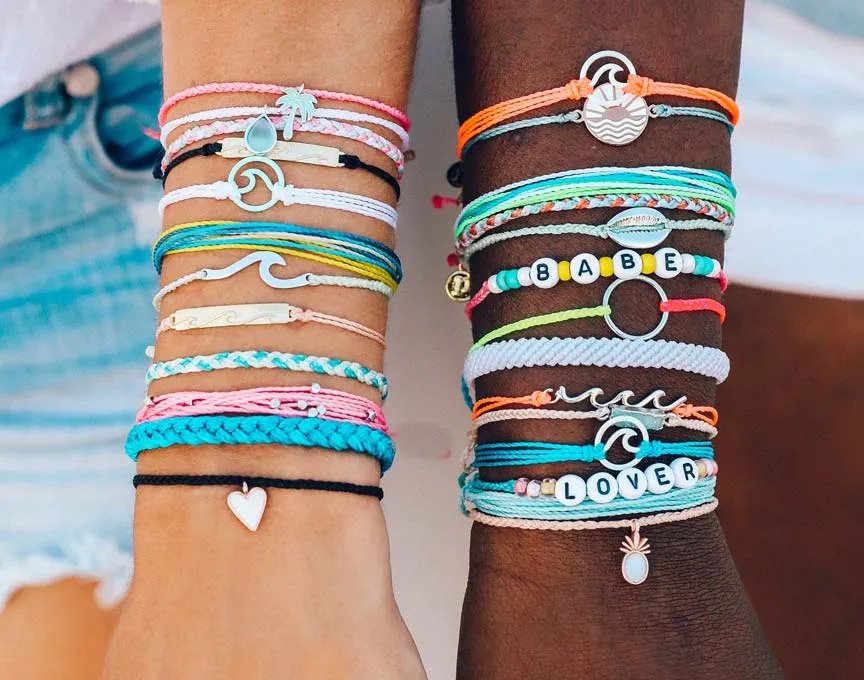Facebook Ads can be a powerful tool for businesses to increase their online revenue. With targeted campaigns and optimization strategies, brands can drastically improve their sales in a short amount of time. This case study explores how one business increased its revenue by up to 300% using Facebook Ads.
By understanding the strategies and tactics, you can replicate these successes for your business and drastically increase your online revenue.
Overview of the Facebook Ads case study
This case study will highlight a successful Facebook Ads campaign for an e-commerce business selling jewelry. The campaign goal was to increase the revenue generated from Facebook Ads by up to 300% for their Memorial Day holiday campaign.
The business had a limited budget for the campaign, so they had to be strategic with their ad spend. They also had to be mindful of the number of impressions and clicks their ads received, as well as the conversion rate of their ads. Focusing on these key metrics, they were able to maximize their ad budget and maximize their ROI.
Understanding the targeted audience
The first step in the campaign was to understand the target audience. The business had identified its ideal customer profile but needed to refine it further to ensure it targeted the right people. So they used Facebook Audience Insights to research their target audience and identify their demographic and psychographic characteristics.
Initially, the company was concerned that using Instant Experience as an additional step could lead to a decrease in clicks and purchases. However, the team speculated that although the outbound click-through rates may be lower, the traffic quality would improve as visitors who made it to the website would have a greater intention to purchase. Consequently, they created multiple ads using the collection format to display bracelets and rings from their product catalog alongside a text overlay advertising a “Hot summer sale: 40% off everything!” These ads targeted females aged 13 and over in the United States.
They also used Facebook Ads to create a lookalike audience based on their ideal customer profile, including those previously engaged with their holiday promotions. This allowed them to target people with similar characteristics to their ideal customers. As a result, the business created ads that were more likely to be seen and clicked on by the right people. The team utilized automatic placements as well.
Crafting the ad design


The next step in the campaign was to craft the ad design. The business wanted to create ads that stood out from the competition and grabbed people’s attention. So they used bright colors, bold fonts, and eye-catching graphics to create visually appealing ads.
They also used persuasive copywriting to craft ads that resonated with the target audience. The ads highlighted the benefits of the products, as well as any special offers or discounts. By creating visually appealing and persuasive ads, the business was able to drive more clicks and conversions.
Setting the budget and goals
Once the ad design was complete, the business had to set a budget and define its goals. They had a limited budget, so they had to be strategic with their ad spend. They set a daily budget based on their target audience size and goals for the number of impressions and clicks they wanted to receive.
They also set goals for the conversion rate they wanted to achieve. This allowed them to track their progress and make adjustments as needed. By setting a budget and goals, the business was able to stay on track and measure its success.
Optimizing and testing ads
The next step in the campaign was to optimize and test the ads. The business tested different ad designs, copy, and images to find the ones that resonated most with the target audience. They also tested different placements to ensure their ads were being seen in the right places.
By testing and optimizing its ads, the business was able to refine its campaigns and increase its ROI. They also tracked the performance of each ad to identify which ones were performing well and which were underperforming. By understanding which ads were working, they were able to focus their budget and resources on the ads that were driving the most revenue.
Results of the Facebook Ads case study
The results of the campaign were impressive. The business increased its revenue by up to 300%, and its ROI was significantly higher than its initial goal. The campaign also drove more clicks and impressions than expected, and their conversion rate was higher than anticipated. For instance, the jewelry company:
- Increased its sales by 6.3x in daily purchases through its collection ad format
- Increased its average daily purchases by 2.6x for its entire holiday campaign
- Increased its return on ad spend (ROAS) by12% and the daily spend by 5.6x
- Increased its ROAS to 20% for the whole Memorial Day holiday campaign
The business also noticed increased brand awareness as more people were exposed to their ads. This helped increase their visibility and allowed more people to learn about their products and services.
Other successful Facebook Ads campaign
Here are other successful Facebook marketing campaigns.
1. Starbucks’ White Cup Contest
Starbucks invited customers to decorate its plain white cups and share their designs on Facebook using the hashtag #WhiteCupContest. The campaign received more than 4,000 entries in just three weeks.
2. Always’ #LikeAGirl
Always launched a campaign to empower young girls by redefining the phrase “like a girl” to mean something positive. The campaign received over 76 million views on YouTube and was shared over 1 million times on Facebook.
3. Airbnb’s #WeAccept
In response to the 2017 US travel ban, Airbnb launched the #WeAccept campaign to promote inclusivity and diversity. The campaign received widespread media coverage and was shared over 100,000 times on Facebook.
4. Coca-Cola’s Share a Coke
Coca-Cola launched a campaign that personalized its product by printing popular names on its bottles and cans. The campaign generated more than 1 billion impressions on social media and increased Coca-Cola’s sales by 2.5%.
5. Volkswagen’s Punch Dub
Volkswagen launched a Facebook game called “Punch Dub” that encouraged users to punch their friends whenever they spotted a Volkswagen Beetle on the road. The campaign received over 17 million impressions and increased Volkswagen’s social media engagement by 1000%.
Key takeaways from the case studies
The key takeaways from this case study are that Facebook Ads can be a powerful tool for businesses to increase their online revenue. Nonetheless, brands need to come up with targeted campaigns and optimization strategies.
Understanding your target audience and creating ads that resonate with them is essential. By crafting ads that are visually appealing and persuasive, you can drive more clicks and conversions. Finally, it’s crucial to track the performance of your ads and make adjustments as needed.
Additional tips for successful Facebook Ads
Here are some additional tips for running successful Facebook Ads:
• Set realistic goals.
Be realistic with your goals and expectations for the campaign.
• Track your progress.
Track the performance of your ads to identify which ones are working and which need to be adjusted.
• Test different ad designs.
Test different ad designs, copy, and images to find the resonated most with the target audience.
• Take advantage of retargeting.
Use retargeting strategies to reach people who have already engaged with your ads.
• Utilize dynamic ads.
Dynamic ads allow you to automatically target people based on their interests and activities.
Conclusion
Facebook Ads can be a powerful tool for businesses to increase their online revenue. These Facebook Ads case studies explored how these businesses were able to increase their revenue by up to 300%.
Optimind offers paid campaign management package as part of our social media marketing services. Our package includes the set up, marketing collateral creation, budget allocation optimization, and monthly ad campaign reports. Request for quotation now!



